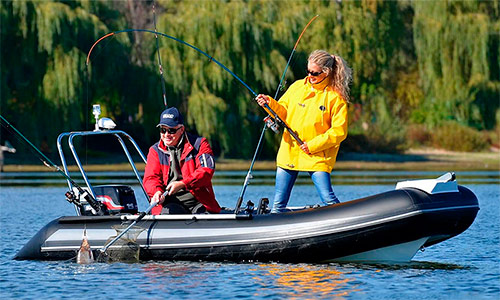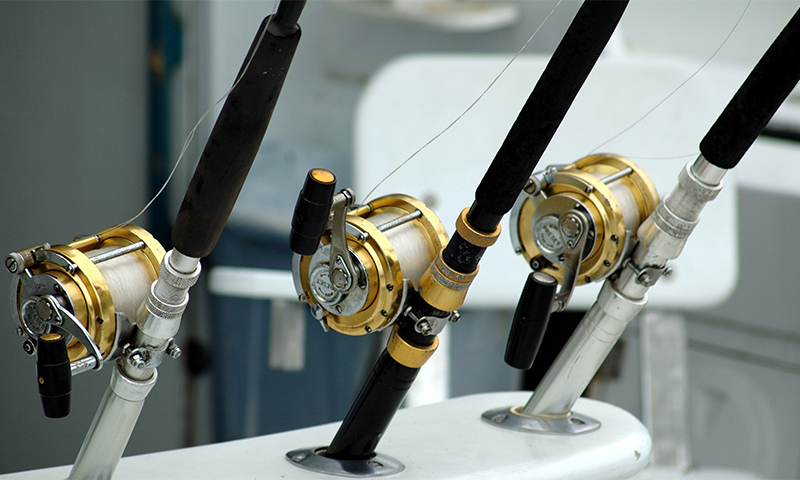Fishing is not the predatory inhabitants of reservoirs is a favorite type of recreation for many people. A lot of roach, carp, carp and tench are found in rivers and lakes. It is possible to catch even the grass carp. A variety of cooking methods and dishes from this prey induces to acquire high-quality gear that ensures high results in fishing. One of these tools is the feeder rod. After reading this article, you can learn how to choose the right equipment for fishing in various places.
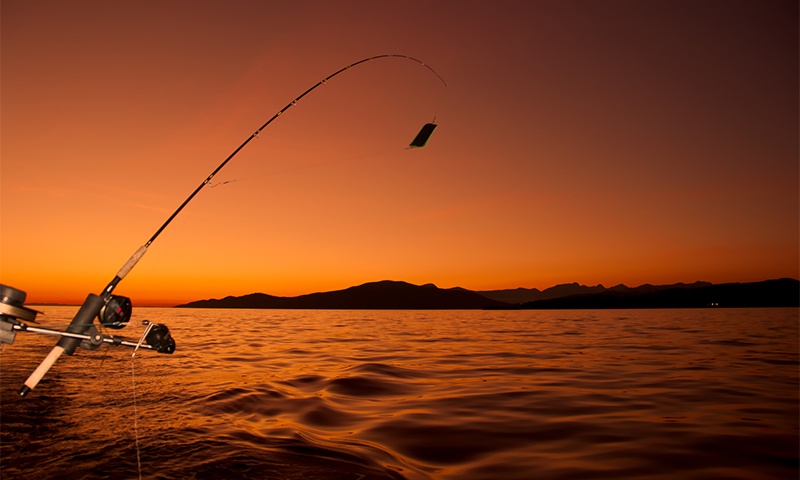
Content:
The best manufacturers of feeder rods - which company to choose
For the busy lover, who has no time to go into particular tackle, and who plans to fish a couple of times a year, you can immediately buy a good feeder from proven manufacturers:
- Shimano;
- Banax;
- Black Hole;
- Daiwa;
- Salmo.
But if you plan to spend more time on your hobby, then it is useful to read a comparative review of popular models of this inventory. For those who want to learn to understand all the subtleties of choosing a feeder, the material below is dedicated.
The principle of operation and the device feeder rods
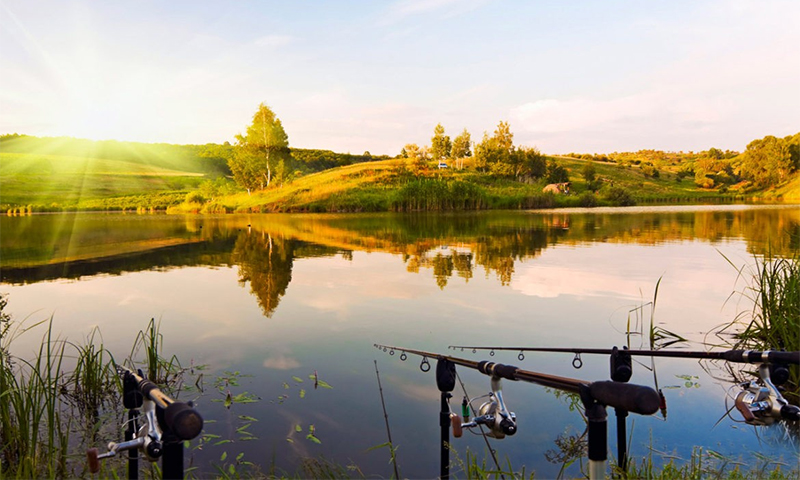
Feeder rod is used to catch non-predatory fish in fresh water.
It can be:
1. Karas;
2. Carps;
3. Carp;
4. Banelers;
5. Leschi;
6. Roach;
7. Tench;
8. White amur.
Such animals live in flocks and accumulate in places where there is something to profit. This is exactly what this type of gear is designed for.
The principle of using the feeder rod is to throw, with the help of a blank, a feeder into the water. The bait is laid in a special tank, which has the shape of a cylindrical or rectangular cage. The porridge from the nutritional mixture is soaked and allowed to swell. Then she pasted and stuffed trough. Throw.
When released into the water, the mixture gradually comes off and a cloud of bait is created. The fisherman performs this manipulation several times, which attracts a flock to this place. Then the intensity of the casting is reduced so as not to scare the fish.
Next to the feeder there is a branch to one or two hooks with separate bait. A flock of carp or carp is so absorbed by eating that it does not notice metal objects, and this constantly leads to swallowing the hook.
This moment is immediately reflected on the tip of the rod called quivertip. It has a very flexible structure and instantly reacts to excess weight from biting. The fisherman hooks up to secure the victim on a hook, and begins to pull it to the shore.
Since the feeder and hooks do not have a float and, therefore, are completely submerged to the bottom, a preliminary survey of the relief is necessary to ensure a minimum of hooks. To do this, the fisherman makes test casts with a tester in the form of a weight of 50-100 g and pulls him towards him. This manipulation is performed at different angles to assess the territory and select the optimal place.
The number of stones at the bottom, snags, the height of the edge at the shore, algae is taken into account. Having found a smooth place with a sandy bottom, a landmark for casting is indicated (a tree or other object on the opposite shore, towards which the kiddock will be made).
A constant length of fishing line is set to prevent the fishing spot from moving relative to the bait cloud. For this, the cord on the coil is clipped. Then the process of fishing begins.
The feeder rod device includes the following elements:
1. Body (blank);
2. Handle;
3. Plug Mounts;
4. Coil retainer;
5. Quivertip;
6. Access rings;
7. Cord with a feeding trough and hooks.
Types of feeder rods
Plug
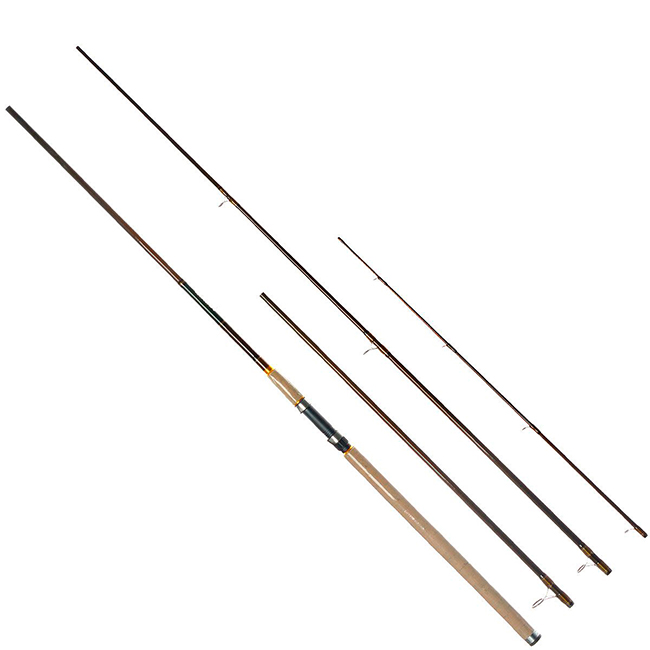
They consist of two or more knees, twisted by thread. May have a length of 2 to 5 meters. Allow you to make long casts and adjust the size of the form, depending on the area of the reservoir. They are used by professional fishermen and amateurs.
Advantages:
- a variety of models in length;
- suitable for use in standing water and strong currents;
- large price range;
- forms with a minimum number of knees are very durable;
- support work with feeders from 20 to 200 g
Disadvantages:
- some products are inconvenient during transportation;
- Some models can be very expensive (depending on the manufacturer and case material).
Telescopic
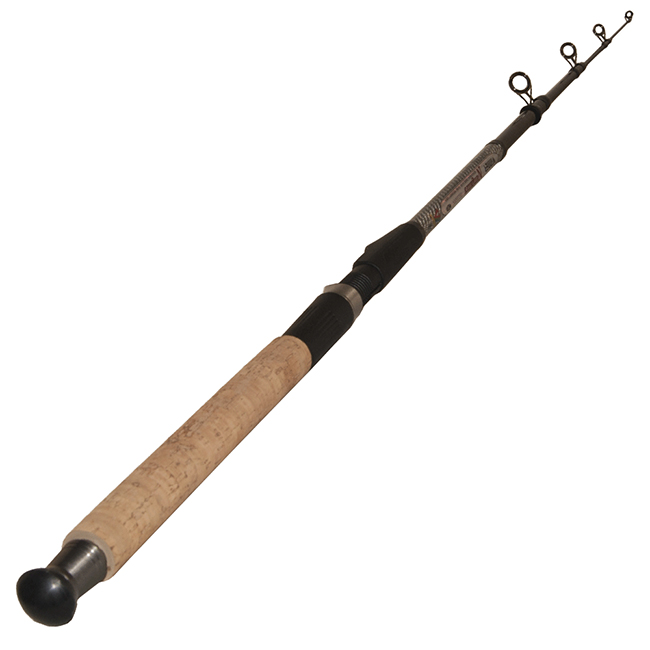
Differ in compact size and quick layout. They consist of six tribes of different diameters, dropping into one another. Allowed to ride with tackle in a bus, car or train, without taking up much space. Suitable for lovers of feeder fishing, who have to get to the reservoir by public transport.
Advantages:
- easy to use;
- quickly decomposed;
- convenient to transport;
- are completed with a cover;
- support test 10-60 g;
- interchangeable done.
Disadvantages:
- length up to 2.1 m;
- strength will allow to raise only fish up to 2-3 kg.
Feeder Rod Selection Parameters
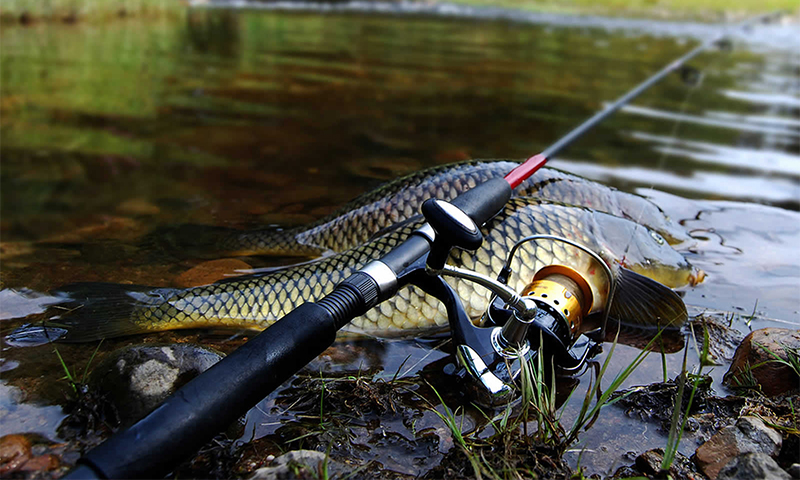
Test and class
These concepts are interrelated, because they are formed on one parameter - the weight of the bait. Unlike spinning in the feeder using a feeder with different dressings. It is made in the form of a small crate, so its weight is greater than the mass of spinners.
The following classes are distinguished:
1. Picker - supports work with bait from 10 to 40 grams. Such models are supplied only with a sinker, and the mixture is thrown into the water by hand. This is the best option for fishing on a small lake rate. A bit like bottom fishing with a fishing rod, but without a float.
2. Light - already has a standard feeder for loading bait, which can weigh up to 60 g. It is used on spacious lakes, since it can be thrown at 30-40 m.
3. Medium - the weight of the cage with food can vary from 80 to 100 g. It belongs to the most common types of tackle, since it is suitable for fishing both in standing water and during flow. Throws 40-50 meters.
4. Heavy - supports work with a total weight of bait in 100-120 g. Such models are used on wide rivers with a strong current. With their help, it is easy to control the vyvazhivanie and increase the chances of catching large white carp.
5. Ekta Heavy - all rods with dough over 120 g. The maximum value can reach 300 g. Blank allows you to throw the bait very far, which is convenient on huge canals and artificial reservoirs. It is applied by professionals on reservoirs with a difficult relief of a bottom.
Blank material
Rods themselves are made from various substances.
1. The most affordable are fiberglass blanks, which have a relatively small mass. This is a good option for a beginner or fishing a couple of times a year. The composite is tougher and harder, but harder to break, which is useful for a hobby on reservoirs where large oi roach are found.
2. The most expensive and durable are carbon fiber blanks. Light weight and high strength make them the true leaders in casting distance and flexibility when hauling a large carp or bream. Such a model is worth buying with regular or professional fishing.
Mass of the form
The weight of the rod depends on its size, material and number of connections.
1. The lightest can be 120-200 g. In the case of amateur fishing or frequent fishing in small ponds, where it is impossible to catch a large individual, it will not be convenient to handle half kilogram equipment.
2. The maximum reaches 420-500 g. They are designed to withstand heavy loads and forcing out large fish. If the purpose of fishing is such, and other parameters correspond to this, then a heavy model is useful.
Type of construction
The more connections on the rod, the less durable it is.But since the mass of used feeders and bait is large, it takes a long length to perform a cast. The form is formed from the knees attached to the thread. There may be two, three or four.
1. For catching large fish (carp, roach, grass carp) products from two or three parts are necessary.
2. Carp and tench can be caught on a four-knee form.
3. Bream and other small fish are caught on telescopic devices.
Length
An important criterion is the length of the rod, which affects the casting distance and technical capabilities when driving.
1. Forms 2-3 meters in size are used at small rates, where fishing is conducted relatively close to the coast.
2. From 3 to 3.6 m are applied on lakes or rivers with a small current.
3. Rods of 3.6-3.9 m are the most common and are suitable for wide lakes and rivers with a strong current. Due to their length, it is easy for them to carry out long-distance casting and drag the fish through the curb along the coast to avoid a descent.
4. Models from 4 to 5 m are designed for huge bodies of water and especially large fish in order to ensure the correct conditions of hauling and avoid hooking.
Story
In this type of fishing gear there are three types of order:
1. Fast - implies a bend of one knee from the tip. The small amplitude allows you to close up casts and to ensure the transfer of production of small size through the curb. On such a product is good to practice a novice.
2. Slow action gradually involves the entire length of the rod, which gives high elasticity. When jerking a large carp, the form bends, which prevents the line from breaking. The high flexibility of the feeder ensures the use of heavier baits and distant casts, which is convenient on wide lakes.
3. Difficult - fully corresponds to its name, since at low loads (fish rushing around with a zigzag path) only the tip of the rod bends. But if a more active movement begins (attempts to go into the snags, diving to a depth), then the whole structure is involved in the work. Of course, such characteristics will be useful for large dough and large production.
Number of vershinok
The main feature of the feeder is its bending tip that allows you to register a bite. But the sensitivity of the latter may be different, depending on the weight and type of fish. Therefore, some manufacturers began to produce rods with a replaceable tip.
1. If the place of fishing and the mass of fish for which they claim are the same, then you can buy a feeder with a glued-in tip and use only it.
2. If you often have to change the reservoir and the weight of the catch can vary considerably (from a small white bream to a large carp), then it is practical to buy a rod with interchangeable tips and rearrange them depending on the situation.
Transport length
Depending on the place of catching, the length of the unassembled form is selected.
1. If you have to fish close to home (rates or river in the country), or have your own transport, you can choose models of 150-190 cm or more.
2. For transportation in the bus come in handy more compact feeders of 120 cm when folded. To do this, he must have 3-4 knees or be telescopic.
What kind of feeder rod to choose

1. Fishing on small lakes with stagnant water will require a length of 3 m, weighing 150-200 g. Feeding trough with filled food can weigh from 10 to 40 g, and close throwings and pulling out from under the bollards will be done with a slow build. Enough telescopic model and fiberglass body.
2. On narrow rivers, you need a rod with a length of 2 m, a test of 10-40 g, a fast system. Mass of all inventory is not more than 160 g. You can save and buy fiberglass or composite. Use a two-body or telescope.
3. To fish on large reservoirs you need a feeder with a length of 3.6 m, a complex system, a test of 80-100 g, and a weight of 300 g. The body material is carbon. It will take three knees.
4. Wide rivers with a strong current are well mastered with the help of equipment with a length of 4 m, dough 100-120 g, and a slow formation. It is better to use a carbon fiber body.
5. From the boat, a blank with a length of 2.7 m, a dough of 20-50 g, fast streamer is used.The throwing range is not important here, because the fisherman is already far from the coast, and a large length is not required due to the lack of a ledge.
How much is feeder rod
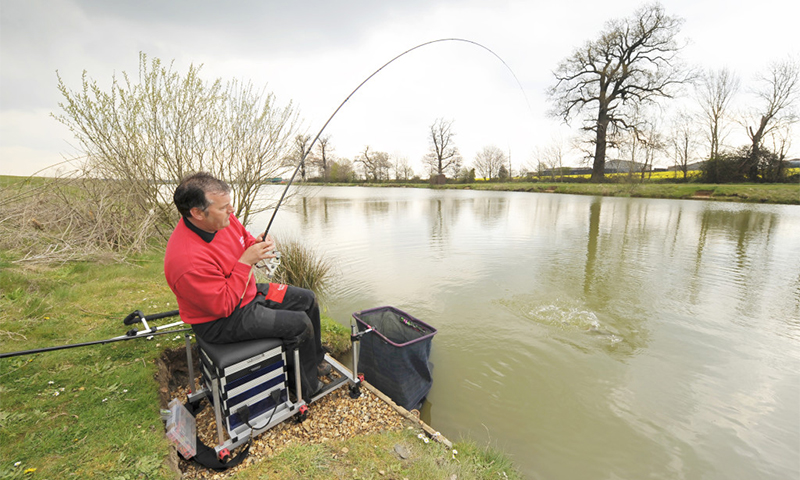
1. Feeder for small reservoirs with standing water will cost 1200-2000 rubles.
2. Tackle for narrow rivers costs 1200-3000 rubles.
3. To fish in large reservoirs will need to give 1500-10000 rubles.
4. With a strong current on a wide river, you need a rod for 1900-21000 rubles.
5. Feeder for a boat buy for 1400-5000 rubles.
It will be interesting to friends too


